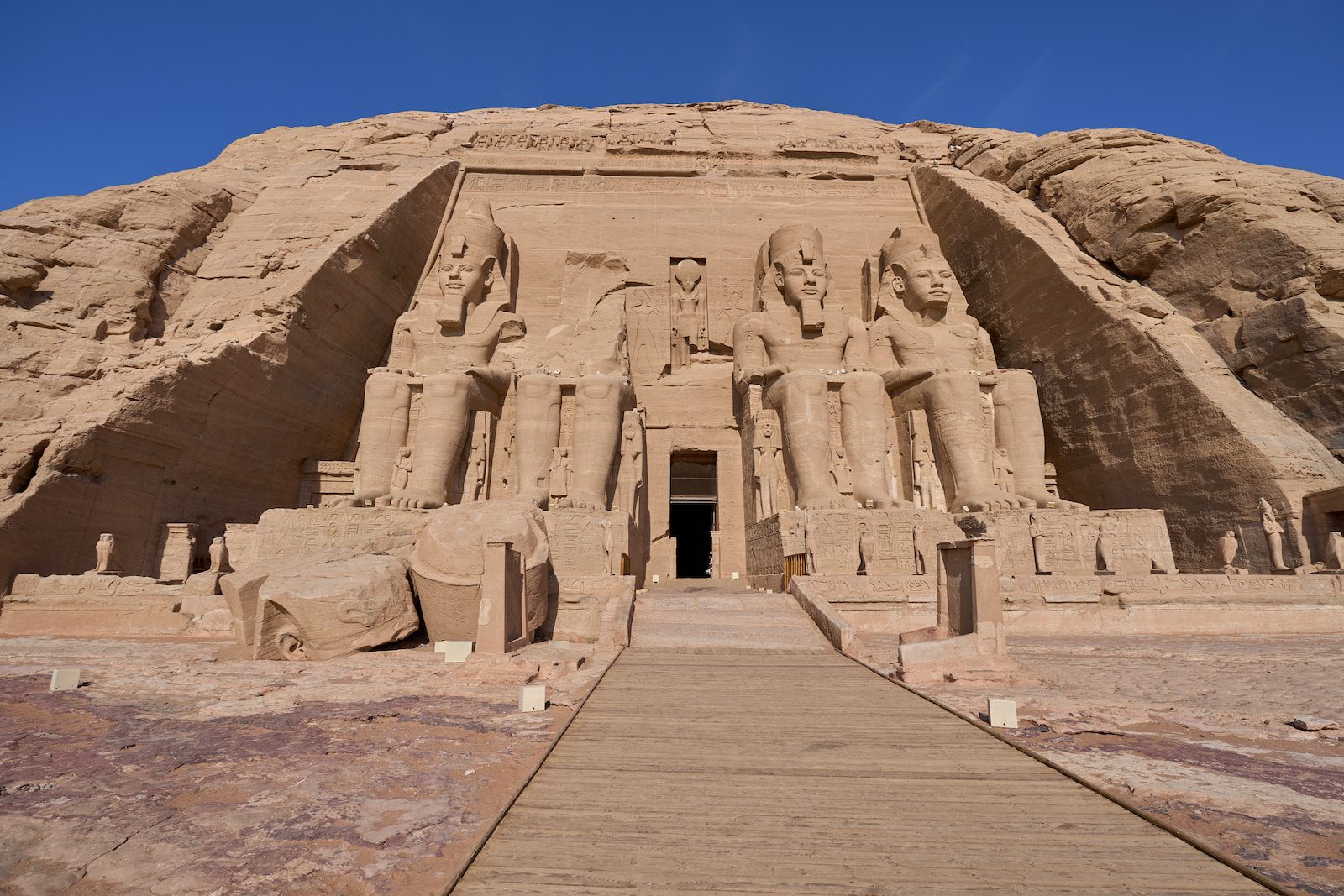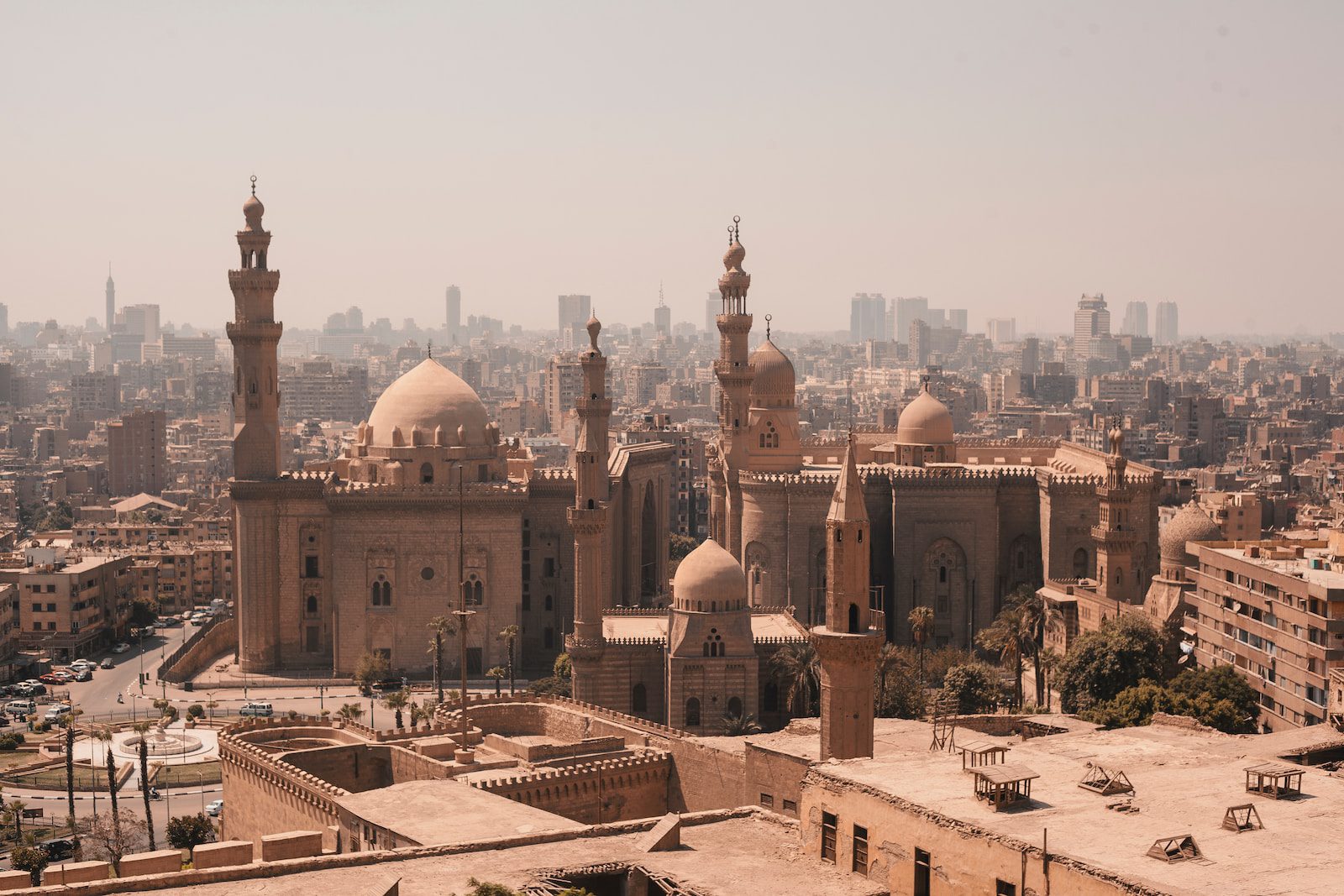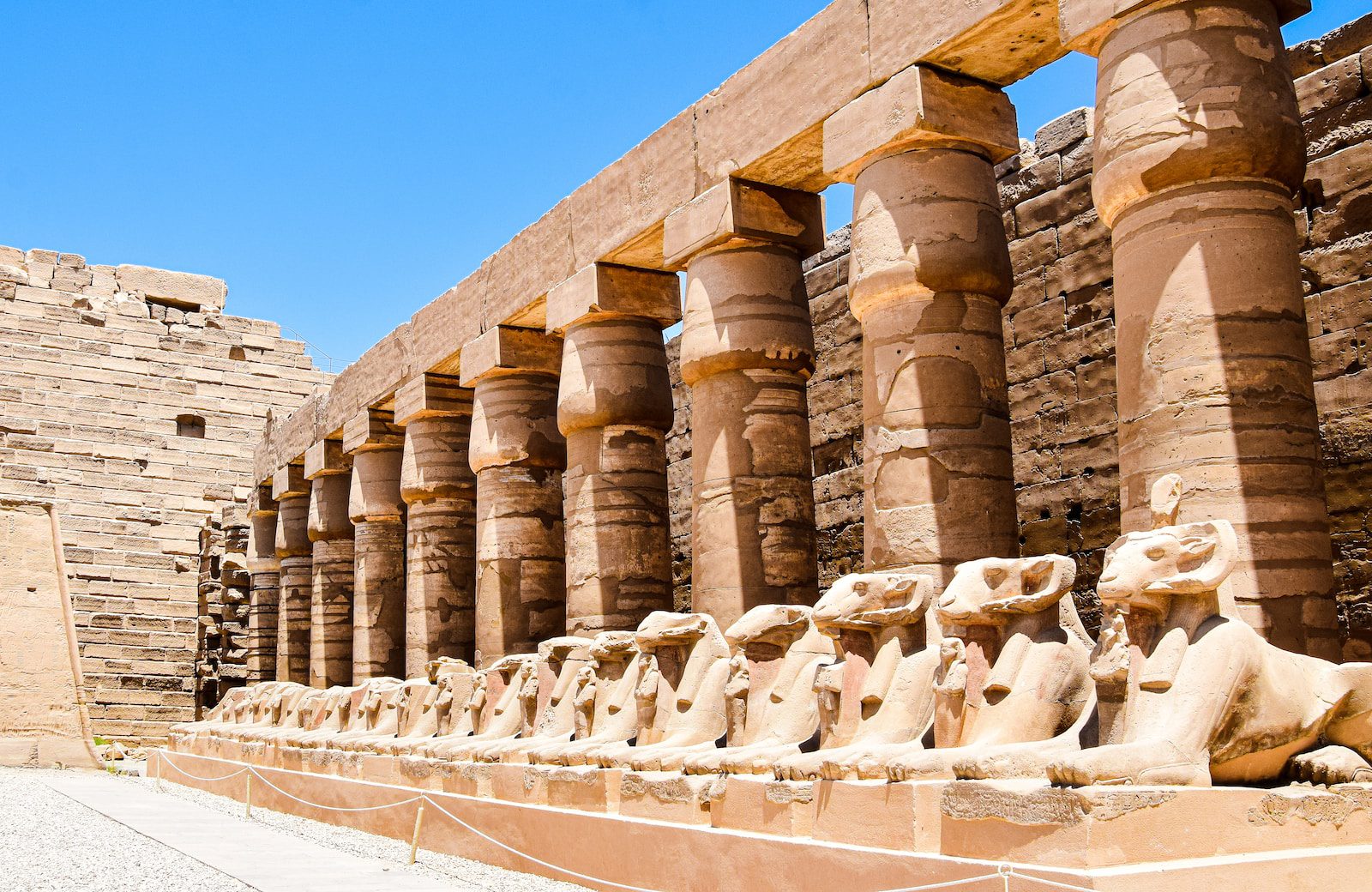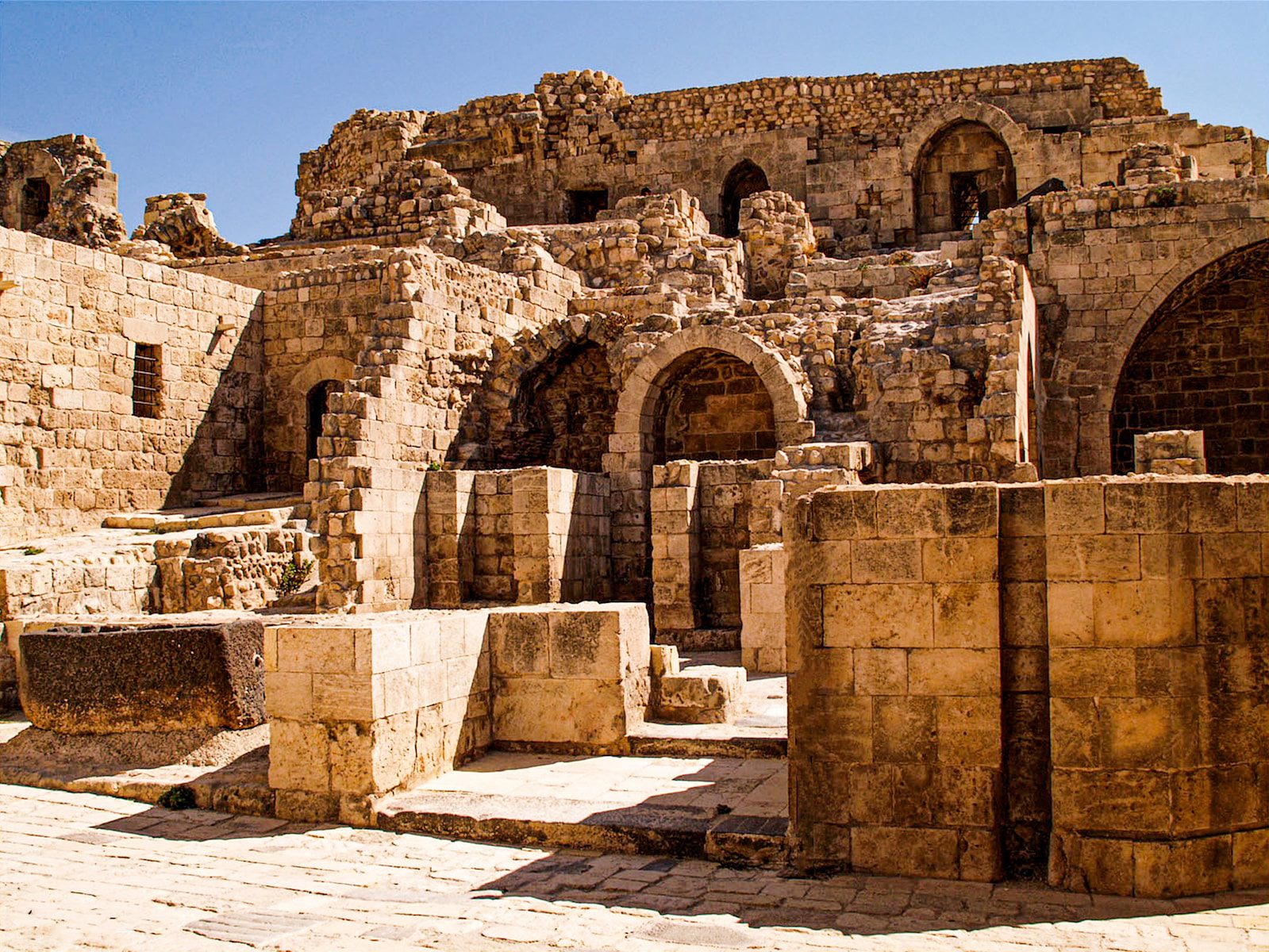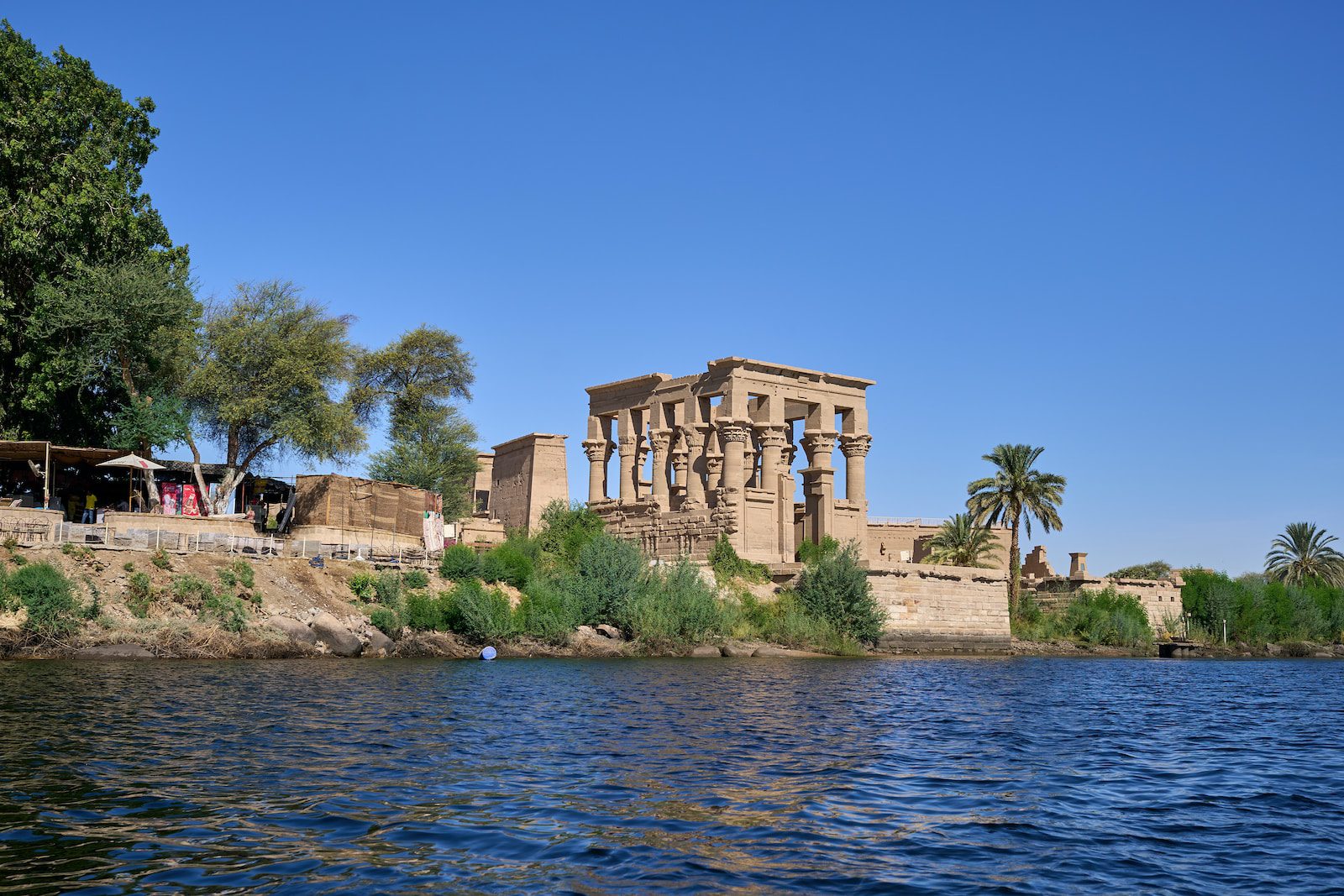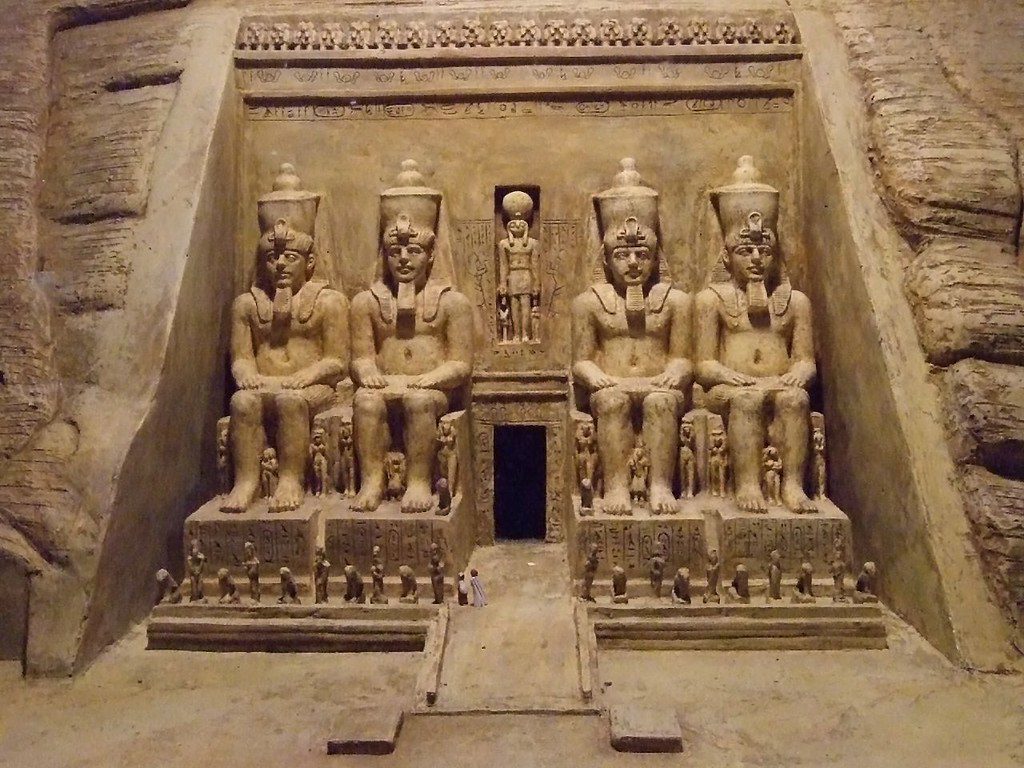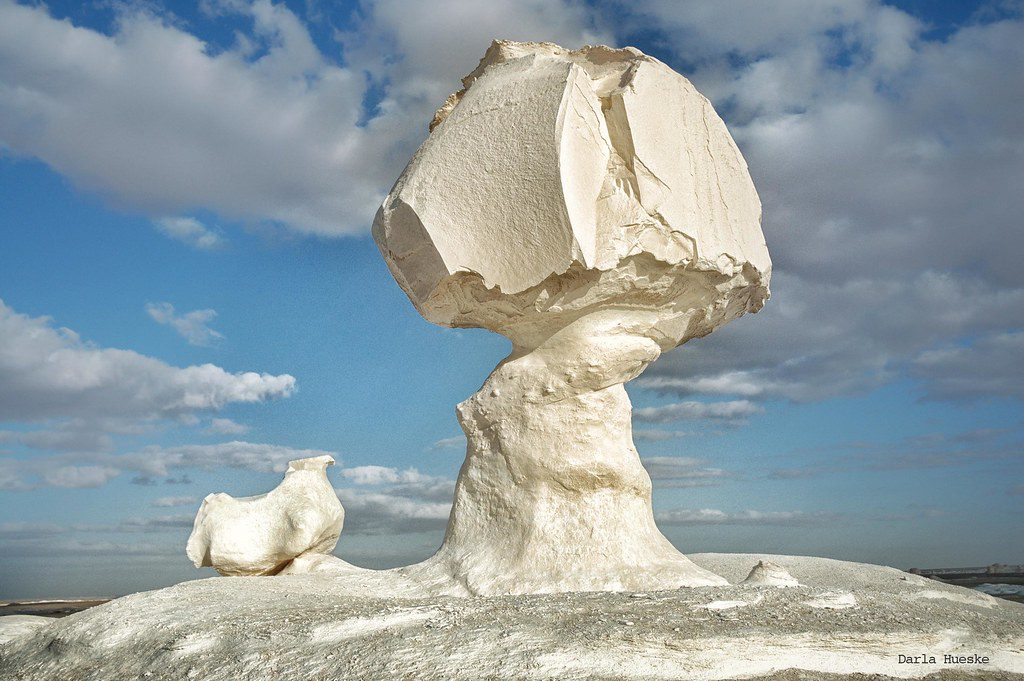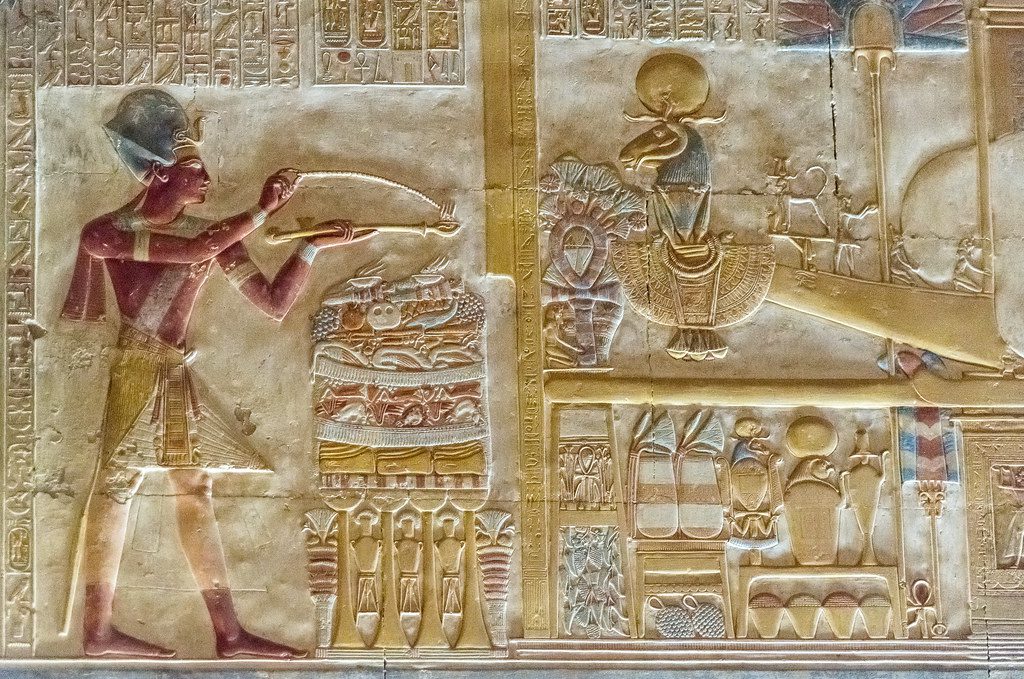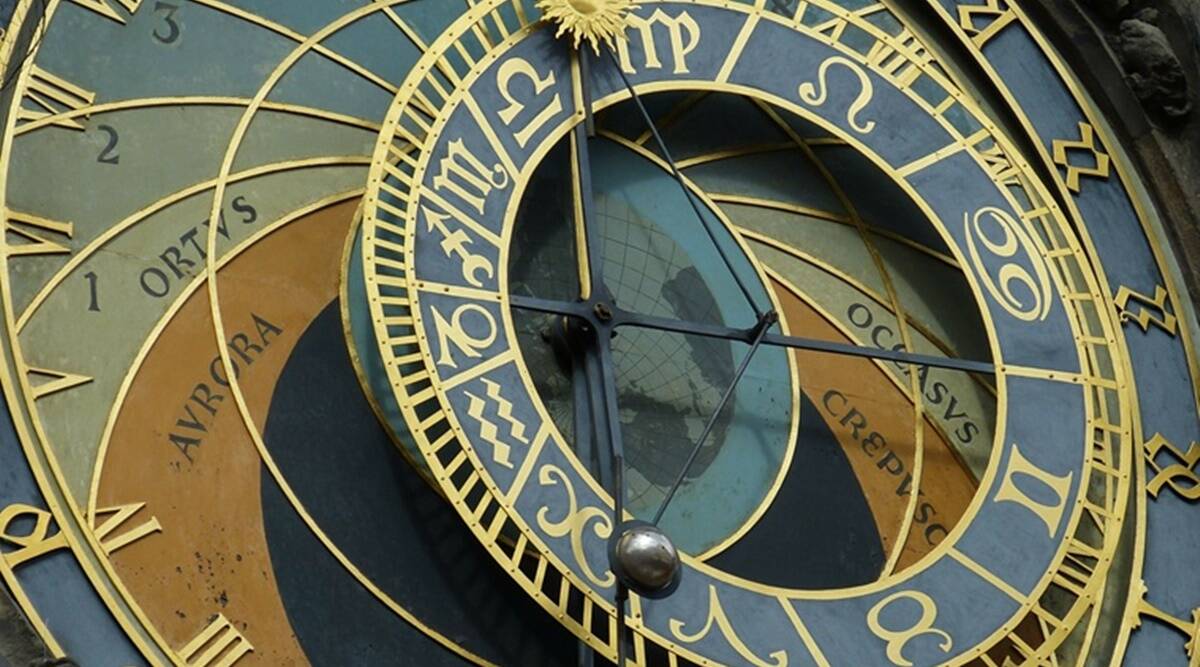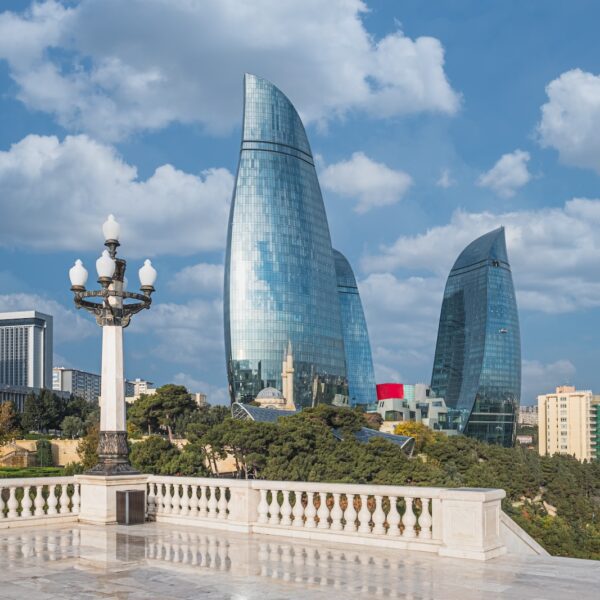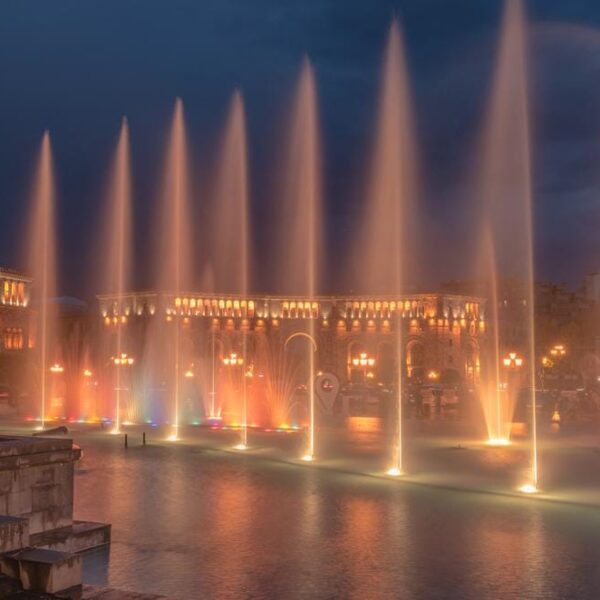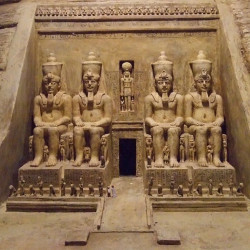Wonders of Ancient Egypt: Exploring the Top Extraordinary Destinations
Journey through the Sands of Time to Egypt, the cradle of ancient civilizations. Delve into a realm that dates back to an astounding 5500 BC, where enigmatic pharaohs once reigned supreme. This land, graced by the touch of the Greek and Roman empires, holds tales of grandeur and wonder.
Marvel at Egypt’s enchanting allure, where stunning archaeological treasures await, and whispering stories of forgotten epochs. Prepare to be transported to a realm where the ancient meets the modern, where the past intertwines with the present.
With Egypt as your destination, fret not about the perfect time to embark on this extraordinary journey, for it welcomes travelers throughout the year. Allow us to be your guide through this captivating land, as we unveil the most renowned Egyptian attractions that will leave an indelible mark on your holiday memories
The Giza Pyramids Complex: A Marvel of Ancient Egypt
The Giza Pyramids Complex situated on the Giza Plateau near Cairo, Egypt, stands as a timeless testament to the grandeur and ingenuity of ancient Egyptian civilization. Comprising three colossal pyramids and the iconic Sphinx, this archaeological wonder is not only a symbol of Egypt but also one of the Seven Wonders of the Ancient World.
The three pyramids at Giza are the Pyramid of Khufu (also known as the Great Pyramid), the Pyramid of Khafre, and the Pyramid of Menkaure. These awe-inspiring structures were built as royal tombs for the pharaohs during the Old Kingdom period of ancient Egypt.
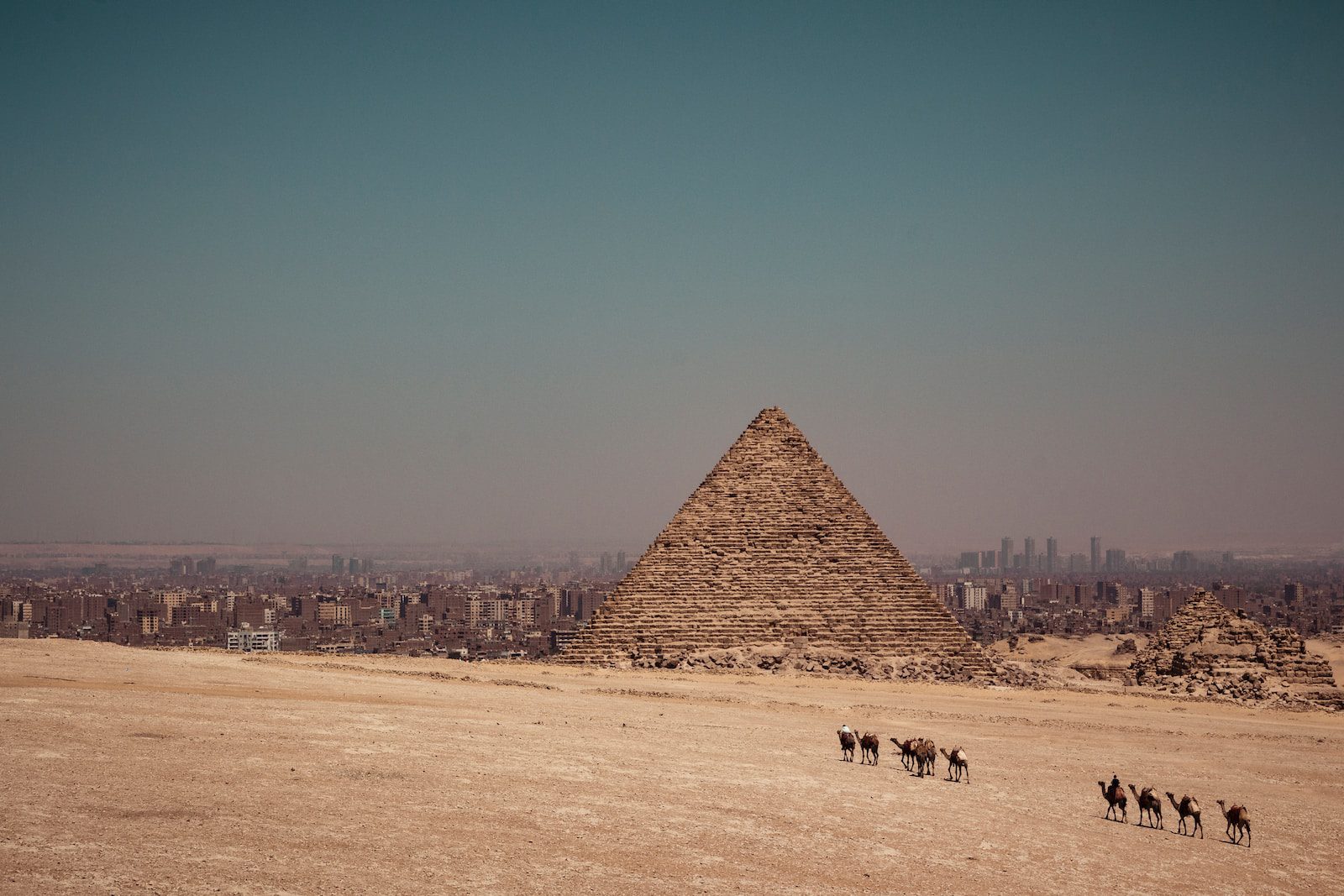
What makes the Giza Pyramids truly remarkable is their exceptional preservation over thousands of years. Despite the passage of time, these ancient monuments have remained relatively intact, captivating visitors with their sheer magnitude and architectural brilliance. The precision and engineering prowess showcased in their construction continue to inspire awe and admiration.
The Giza Pyramids Complex stands as a testament to the enduring legacy of the ancient Egyptians and their remarkable achievements in architecture and engineering. It remains an iconic symbol of Egypt’s cultural heritage and continues to captivate the imagination of people across the globe.
Abu Simbel: A Majestic Temple Rescued from the Waters
Located on the banks of Lake Nasser in southern Egypt, Abu Simbel is a remarkable archaeological site renowned for its imposing temple dedicated to Pharaoh Ramses II. This awe-inspiring monument stands as a testament to the power and grandeur of ancient Egypt.
In an extraordinary feat of engineering and cultural preservation, the Abu Simbel temple was painstakingly dismantled, piece by piece, and relocated to a higher location on the shores of Lake Nasser. The main temple at Abu Simbel is dedicated to Ramses II, one of ancient Egypt’s most powerful pharaohs. The facade of the temple is adorned with four colossal statues of Ramses II seated on his throne, each measuring around 20 meters in height.
Visiting Abu Simbel is a truly awe-inspiring experience, taking you off the beaten path in Egypt. The journey to this remote location allows travelers to appreciate the monumental efforts made to preserve this cultural treasure. The site offers a glimpse into the remarkable achievements of ancient Egypt and the immense dedication of those involved in its preservation.
Abu Simbel serves as a testament to the international collaboration and commitment to safeguarding humanity’s shared heritage. It stands as a testament to the enduring legacy of ancient Egypt and continues to captivate visitors with its majestic beauty and historical significance.
Cairo: A Vibrant Metropolis of History and Culture
Cairo, the bustling capital city of Egypt, is a sprawling metropolis that stretches along the banks of the majestic Nile River. With its medieval Islamic architecture, crowded streets, and rich history, Cairo offers a fascinating blend of ancient wonders and modern urban life.
As the starting point for many Nile cruises and a gateway to the nearby Pyramids of Giza, Cairo is a prime destination for those seeking to explore Egypt’s remarkable past. However, the city itself is a treasure trove of attractions and experiences.
One of Cairo’s most iconic landmarks is the Egyptian Museum, located in Tahrir Square. This world-renowned museum houses an extensive collection of ancient artifacts, including the captivating treasures of Tutankhamun, ancient mummies, statues, and intricate jewelry. Visitors can immerse themselves in Egypt’s ancient history and marvel at the remarkable craftsmanship of the bygone era.
Beyond its historical and cultural attractions, Cairo buzzes with vibrant markets, known as souks, where visitors can immerse themselves in the vibrant local atmosphere and indulge in shopping for spices, textiles, and handmade crafts. The bustling Khan El Khalili Bazaar is particularly popular, offering a sensory overload of sights, sounds, and scents.
Luxor: The Ancient City of Thebes and the Valley of the Kings
Nestled on the East bank of the Nile River, Luxor stands as a testament to Egypt’s glorious past. Once known as the ancient city of Thebes, Luxor is often referred to as the world’s largest open-air museum, offering visitors a captivating journey through time.
The highlight of Luxor is undoubtedly the Valley of the Kings, a vast necropolis where pharaohs of the New Kingdom were laid to rest. Carved into the desert cliffs, the rock-cut tombs of these ancient rulers hold incredible treasures and are a testament to their power and wealth. While there are approximately 63 tombs that have been excavated in the Valley, only a limited number are open to the public at any given time.
On the opposite bank of the Nile lies the striking Luxor Temple, a testament to the grandeur of the pharaohs. This temple complex, dedicated to the rejuvenation of kingship, features beautifully preserved statues, massive columns, and intricate carvings that depict scenes from ancient Egyptian mythology.
Luxor’s rich history and archaeological treasures make it a must-visit destination for those seeking to unravel the mysteries of ancient Egypt. Walking in the footsteps of pharaohs, exploring magnificent temples, and standing in awe before the tombs of legendary rulers, visitors to Luxor are transported back in time to a world of wonder and splendor.
The Citadel: A Historic Fortress in Cairo
Situated on a prominent hill overlooking Cairo, the Citadel is a magnificent fortress that holds great historical and architectural significance. It was constructed by Saladin, the renowned Ayyubid ruler, in the 12th century as a defensive structure to protect Cairo and Fustat from Crusader attacks.
Within the Citadel complex, visitors can explore several noteworthy mosques that showcase stunning Islamic architecture. One of the most prominent mosques is the Mosque of Muhammad Ali, also known as the Alabaster Mosque due to its striking white facade. This mosque was built in the 19th century and is renowned for its grandeur and exquisite details.
Another notable mosque within the Citadel is the Mosque of Sultan al-Nasir Muhammad, a beautiful structure with intricate decorations and a peaceful courtyard. It reflects the architectural style of the Mamluk period.
In addition to the mosques, the Citadel houses the Al-Gawhara Palace Museum, which provides insights into the history and lifestyle of Egyptian rulers. It showcases artifacts and exhibits related to the royal families who resided in the palace. A visit to the Citadel offers a captivating journey into Egypt’s history and provides a unique perspective on the city of Cairo.
Aswan: A Serene Retreat in Southern Egypt
Nestled in the southern part of Egypt, Aswan is a tranquil and picturesque destination that offers a serene retreat for travelers. Known as Swenette in ancient times, Aswan played a significant role in supplying the stone quarries used to construct the renowned pyramids of Egypt.
Today, Aswan is celebrated for its captivating landscapes and breathtaking views. One of the city’s highlights is its unique position along the Nile River, where visitors can witness the beauty of the desert dunes contrasting with the river’s tranquil waters.
For a peaceful and rejuvenating experience, a visit to the Elephantine Islands is highly recommended. These islands in the Nile River provide a perfect getaway from bustling city life. The islands are renowned for their natural beauty, lush greenery, and peaceful ambiance. The main island, called Elephantine, offers an escape into nature with its serene gardens and beauty.
The Egyptian Museum: A Gateway to Ancient Egypt's Spectacular Treasures
The Egyptian Museum, located in Cairo, is indeed a treasure trove of ancient artifacts and a must-visit destination for anyone interested in Egyptian history and culture. As you mentioned, while the pyramids give us a glimpse into the monumental architecture of ancient Egypt, the Egyptian Museum offers a comprehensive collection that delves deeper into the daily life, beliefs, and artistry of the ancient Egyptians.
The museum houses an extensive range of exhibits, including statues, sculptures, jewelry, papyrus scrolls, mummies, and sarcophagi, spanning various dynasties and periods of ancient Egyptian civilization. Among its most famous and prized possessions is the collection from the tomb of Tutankhamun, discovered by Howard Carter in the early 20th century. This collection includes the iconic golden death mask of Tutankhamun, as well as numerous other artifacts that were buried with the young pharaoh.
Walking through the halls of the Egyptian Museum, visitors can immerse themselves in the rich history of Egypt and marvel at the craftsmanship and artistry of ancient Egyptian civilization. The museum provides valuable insights into the religious beliefs, cultural practices, and technological advancements of the time.
The Surreal Beauty of Egypt's White Desert and Beyond
The surreal attraction you are referring to is the White Desert (also known as the Farafra Desert), located in western Egypt. It is indeed a unique and captivating natural wonder that showcases the stunning beauty of the Sahara Desert.
The White Desert gets its name from the mesmerizing chalk rock formations that dominate the landscape. These formations, sculpted by wind erosion over thousands of years, create a surreal and otherworldly environment. The chalk formations come in various shapes and sizes, resembling giant mushrooms, cones, and even animals, casting an ethereal ambiance across the desert.
The stark contrast between the white chalk rocks and the golden sands of the Great Sand Sea, as well as the rugged cliffs of the Farafra Depression, adds to the visual appeal of this extraordinary place. The combination of the white formations, the vast desert expanse, and the clear blue skies create breathtaking and dreamlike scenery that is truly awe-inspiring.
Apart from its geological marvels, the White Desert is also home to a diverse range of desert wildlife. Exploring the White Desert is an adventure in itself. Visitors can take guided tours or camping trips to experience the vastness and tranquility of the desert. Camping under the starry night sky in this remote and pristine environment is an unforgettable experience that allows you to fully immerse yourself in the unique ambiance of the White Desert.
For nature lovers, photographers, and those seeking a truly remarkable and off-the-beaten-path experience, the White Desert is indeed one of the most beautiful places to visit in Egypt. It showcases the extraordinary beauty and power of nature, reminding us of the diverse and awe-inspiring landscapes that our planet has to offer.
Abydos: Egypt's Open-Air Museum and Necropolis of the Pharaohs
The city you are referring to is Abydos, an ancient archaeological site located in Upper Egypt. Abydos holds great significance in Egyptian history and is known as the “Mother of Pots” due to the vast number of pottery fragments found in the area. One of the prominent features of Abydos is the Umm el-Qa’ab, which translates to “Mother of Pots” in Arabic.
It is a necropolis that served as the burial ground for the early pharaohs of Egypt’s First and Second Dynasties. The site is considered one of the oldest and most important burial grounds in Egypt, with many royal tombs dating back over 5,000 years. The shards of pots that were discovered in the area were likely offerings made in honor of the deceased pharaohs.
Abydos offers visitors a unique opportunity to explore the ancient history and rich cultural heritage of Egypt. The well-preserved structures and artifacts found at this open-air museum provide insights into the religious beliefs, burial practices, and royal traditions of ancient Egypt. Exploring the site allows you to step back in time and witness the grandeur of this ancient civilization.
For history enthusiasts and those interested in Egyptology, Abydos is a must-visit destination. It offers a fascinating glimpse into the early beginnings of pharaonic Egypt and provides a deeper understanding of the country’s rich historical legacy.
Tags :
Share This :
Recent Posts
-
 Explore Iceland for Free!!12 Jul 2023
Explore Iceland for Free!!12 Jul 2023 -
 Travel According to Your Zodiac Sign12 Jul 2023
Travel According to Your Zodiac Sign12 Jul 2023 -
 Terrifying Adventures for Thrill Seeking Travelers11 Jul 2023
Terrifying Adventures for Thrill Seeking Travelers11 Jul 2023 -
 Journey to Inner Peace - Calm Places to Visit In India!11 Jul 2023
Journey to Inner Peace - Calm Places to Visit In India!11 Jul 2023 -
 Shopping Delight In Spain10 Jul 2023
Shopping Delight In Spain10 Jul 2023 -
 Feast and Festivity - Food Festivals Around the World!10 Jul 2023
Feast and Festivity - Food Festivals Around the World!10 Jul 2023
Have Any Question?
Do not hesitage to give us a call. We are an expert team and we are happy to talk to you.
- +91-9354258822
- info@nivaanholidays.com


